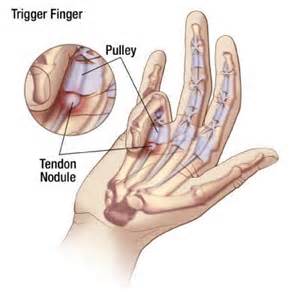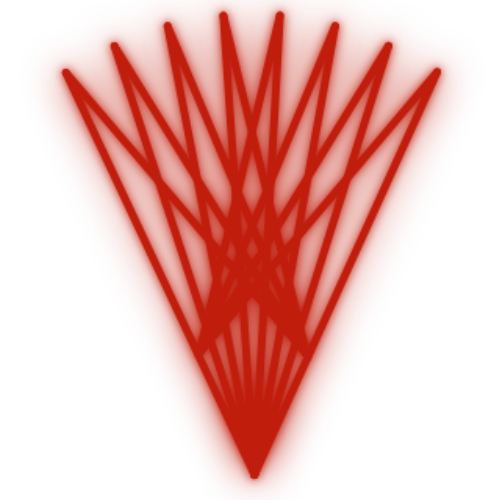
Trigger finger (aka stenosing tenosynovitis) occurs when a finger/s get stuck when trying to straighten them. After a bit of force, the finger ‘triggers’ once it breaks the resistance that prevents it from straightening. The reason this occurs is because the flexor tendon of the finger develops a nodule. This nodule gets stuck in a sort of tunnel (A1 pulley) the tendon travels through – apply a bit more force and nodule can be squeezed through. It is unclear what the cause of this condition is. It appears to be linked to people with diabetic and/or rheumatoid arthritis. It may be related to repetitive motion, but this is controversial.
Conservative treatment should always be tried. That involves passive stretching of affected finger, splinting and anti-inflammatory medications. Trigger finger from my experience usually fails conservative management and ends up requiring an ultrasound guided cortisone injection. Failing a steroid injection, the next step is usually surgery. As you can imagine, an injection into the hand is not very pleasant but it is definitely an effective treatment. I have achieved results comparable to a steroid injection after 2-3 sessions of laser. It is important to continue passive stretching and splinting after application of the laser – or even the cortisone injection for that matter.
I would not call this laser acupuncture since I am not applying it over a specific acupuncture point – only to the local area of effect. The technical term for this would be Low Level Light Therapy (LLLT) or Photobiomodulation (PBM). PBM is a growing field of medicine that I am starting to explore.
Many patients are not keen to have a steroid injection due to the side effects or due to the pain of the injection. Laser acupuncture is something worth considering especially for patients who would like to try something less invasive beforehand.
